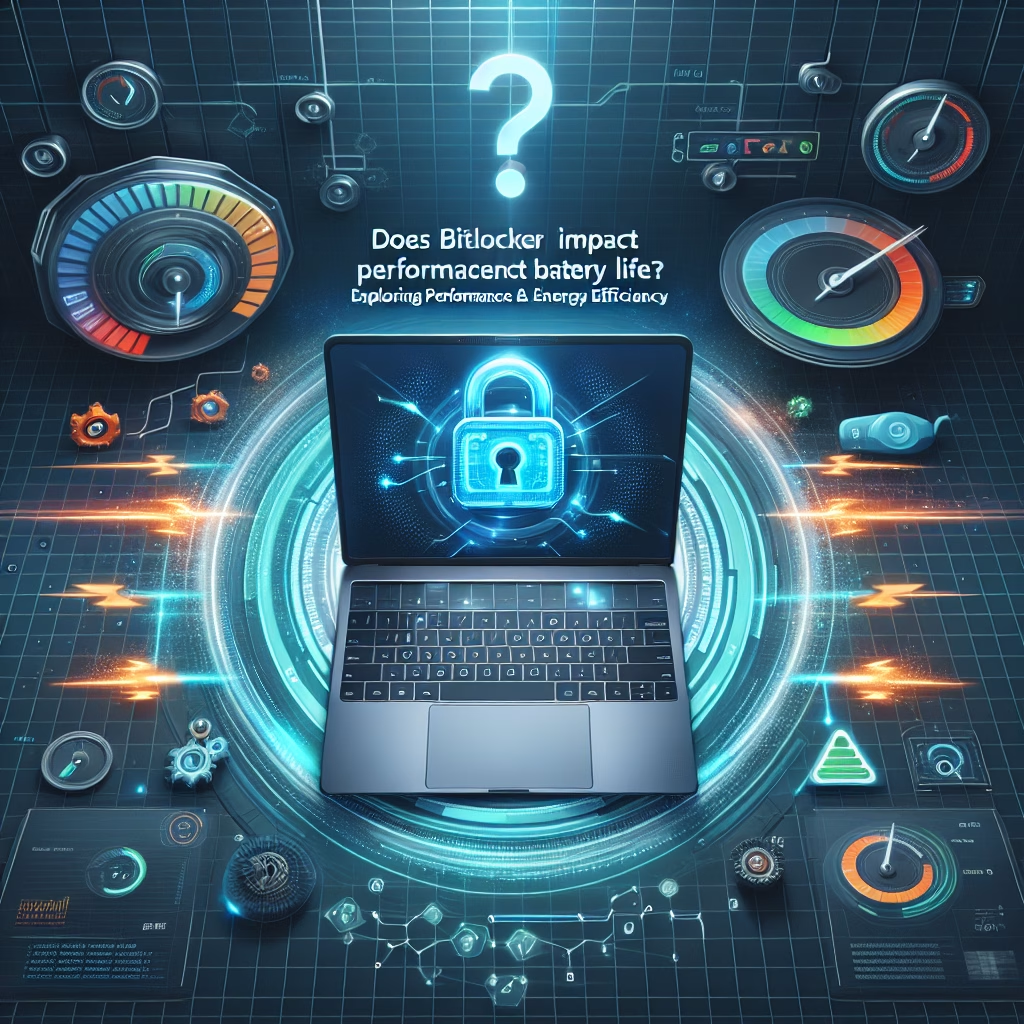Does BitLocker Impact Battery Life?
Summary:
BitLocker, Microsoft’s full-disk encryption feature, is designed to secure data by encrypting entire volumes. While it adds a layer of security, it also requires additional processing power, which can indirectly impact battery life on laptops and portable devices. The encryption and decryption processes, especially during startup, file access, or system updates, increase CPU usage, leading to higher power consumption. This effect is more noticeable on older hardware or systems lacking hardware-based encryption acceleration like TPM (Trusted Platform Module) with AES-NI support. Proper configuration and optimization can mitigate these impacts.
What This Means for You:
- Immediate Impact: Increased CPU usage due to encryption/decryption may reduce battery runtime, particularly on devices without hardware encryption support.
- Data Accessibility & Security: While BitLocker enhances security, optimize encryption settings (e.g., using hardware acceleration) to balance security and performance.
- System Functionality & Recovery: Ensure TPM and Secure Boot are enabled to reduce BitLocker’s performance overhead during startup and operation.
- Future Outlook & Prevention Warning: Upgrade to modern hardware with TPM 2.0 and AES-NI support to minimize battery drain while maintaining security.
Explained: Does BitLocker Impact Battery Life?
Solution 1: Enable Hardware-Based Encryption
Hardware-based encryption, like AES-NI (Advanced Encryption Standard New Instructions), offloads encryption tasks from the CPU to dedicated hardware, reducing power consumption. Verify if your system supports AES-NI by running: Get-TPM | Select-Object -Property TPMReady, TpmPresent, ManufacturerVersionInfo in PowerShell. If supported, enable it in the BIOS/UEFI settings for optimal performance.
BitLocker automatically uses hardware acceleration if available. Ensure your system’s TPM is activated and BitLocker is configured to use it via the Group Policy Editor (gpedit.msc > Computer Configuration > Administrative Templates > Windows Components > BitLocker Drive Encryption). This reduces CPU load and minimizes battery drain.
Solution 2: Optimize Power Settings for Encryption
Windows power plans influence how aggressively the CPU throttles performance. High-performance modes may counteract BitLocker’s efficiency. Adjust your power plan to “Balanced” to let the system manage resources effectively. Use powercfg /list to check active plans and powercfg /setactive [GUID] to switch.
Additionally, disable unnecessary background applications via Task Manager to free up CPU resources. BitLocker’s impact is more pronounced when other processes compete for CPU cycles.
Solution 3: Limit BitLocker Encryption Scope
Encrypting only essential drives (e.g., system drive) rather than all volumes reduces the encryption workload. Use Manage-BDE -status to check encryption status and selectively encrypt drives via the BitLocker Control Panel. This minimizes constant decryption/encryption cycles for non-critical data.
For SSDs, consider enabling BitLocker’s “Used Space Only” encryption mode (Manage-BDE -on C: -UsedSpaceOnly), which encrypts data incrementally rather than the entire drive, lowering CPU usage.
Solution 4: Monitor and Troubleshoot Performance
Use Performance Monitor (perfmon) or Resource Monitor to track CPU and disk activity during BitLocker operations. High “DPC Latency” or sustained CPU peaks indicate inefficiencies. Update chipset and storage drivers to ensure compatibility with BitLocker’s encryption routines.
If battery drain persists, check for firmware updates for TPM and SSD/HDD controllers, as outdated firmware can hinder encryption performance.
People Also Ask About:
- Does BitLocker slow down my computer? Yes, marginally, due to encryption overhead, but hardware acceleration mitigates this.
- Can I disable BitLocker to save battery? Disabling it improves battery life but exposes data to security risks.
- Does BitLocker affect SSD lifespan? No, modern SSDs handle encryption with negligible wear.
- How much battery does BitLocker consume? Typically 5-10% more on older systems; newer hardware sees minimal impact.
Other Resources:
Suggested Protections:
- Enable TPM 2.0 and Secure Boot to leverage hardware encryption.
- Use “Balanced” power plans to optimize CPU usage.
- Regularly update TPM and storage controller firmware.
- Encrypt only critical drives with “Used Space Only” mode.
Expert Opinion:
BitLocker’s battery impact is a trade-off between security and performance, but modern systems with TPM 2.0 and AES-NI render it negligible. IT admins should prioritize hardware compatibility and driver updates to maintain both efficiency and protection.
Related Key Terms:
- BitLocker encryption overhead
- TPM and battery life
- AES-NI hardware acceleration
- BitLocker CPU usage
- Power optimization with BitLocker
*Featured image sourced by DallE-3





